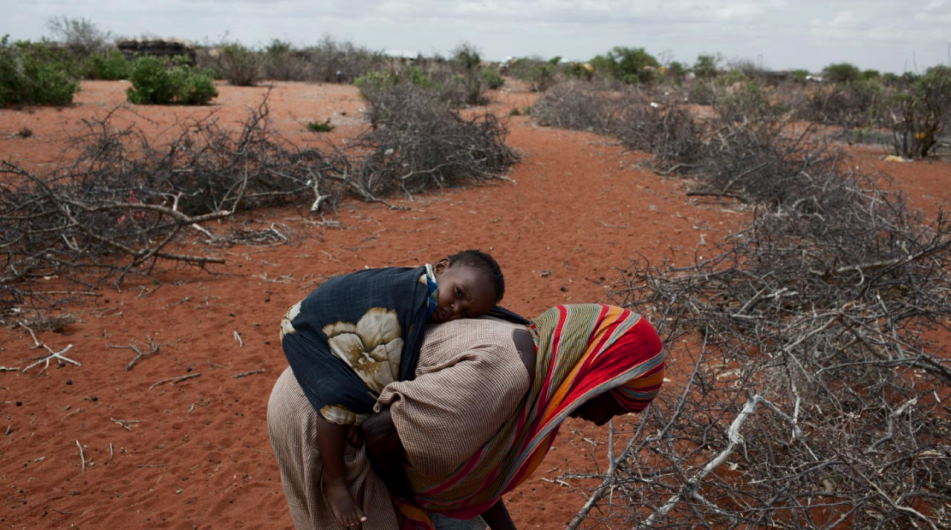The purpose of humanitarian aid is to help people in need, but oftentimes the unintended consequences of this aid can be disastrous. This blog post will explore some of the most notable cases of unintended consequences from humanitarian aid and discuss why they happened. We will also examine how these consequences could have been avoided. By understanding the risks associated with humanitarian aid, we can work to prevent these disasters from happening in the future.
The dark side of humanitarian aid: what you need to know about the adverse effects
Humanitarian aid is often given with the best of intentions. Unfortunately, however, it can sometimes do more harm than good. Here are some of the adverse effects of humanitarian aid:
- It can perpetuate dependence.
Humanitarian aid can create a dependency trap, where recipients become reliant on handouts and are unable to break out of poverty. This is especially true when aid is given in food or other necessities.

- It can distort local markets.
Humanitarian aid can flood local markets with free or heavily subsidized goods, driving down prices and putting local producers out of business. This can lead to long-term economic damage and resentment from those who lose their livelihoods.
- It can create a culture of entitlement.
When people receive handouts, they can develop a sense of entitlement. Unfortunately, this entitlement mindset can lead to corruption and other problems, as people believe that they are entitled to whatever they can get from the aid agency.
- It can be used as a political tool.
Humanitarian aid can be used as a political tool by donor governments or agencies. Aid can be given or withheld based on political considerations rather than purely humanitarian concerns. This politicization of aid can do more harm than good, as it often leads to the delivery of aid being delayed or blocked altogether.

- It can cause environmental damage.
The construction of roads, dams and other infrastructure projects associated with humanitarian aid can cause environmental damage. This damage can be long-lasting, and it can negatively impact the very people the aid is supposed to help.
Despite these adverse effects, humanitarian aid is often necessary to save lives and alleviate suffering. However, careful consideration must be given to the way in which aid is delivered to minimize the risks of doing more harm than good.
The impact of humanitarian aid on conflicts development
One of the most controversial aspects of humanitarian aid is that it is often given to prevent further violence. However, there is no guarantee that this will be the case. In some instances, humanitarian aid can contribute to further violence by inadvertently perpetuating existing power imbalances. For example, if one side in a conflict receives more aid than the other, this can give them a significant advantage and potentially lead to further violence. Additionally, giving aid without considering the local context can be ineffective or even harmful. For example, giving food aid to a community experiencing drought may not be helpful if there is no means of cooking or storing the food. In such cases, it is important to consider all potential consequences before giving aid.

